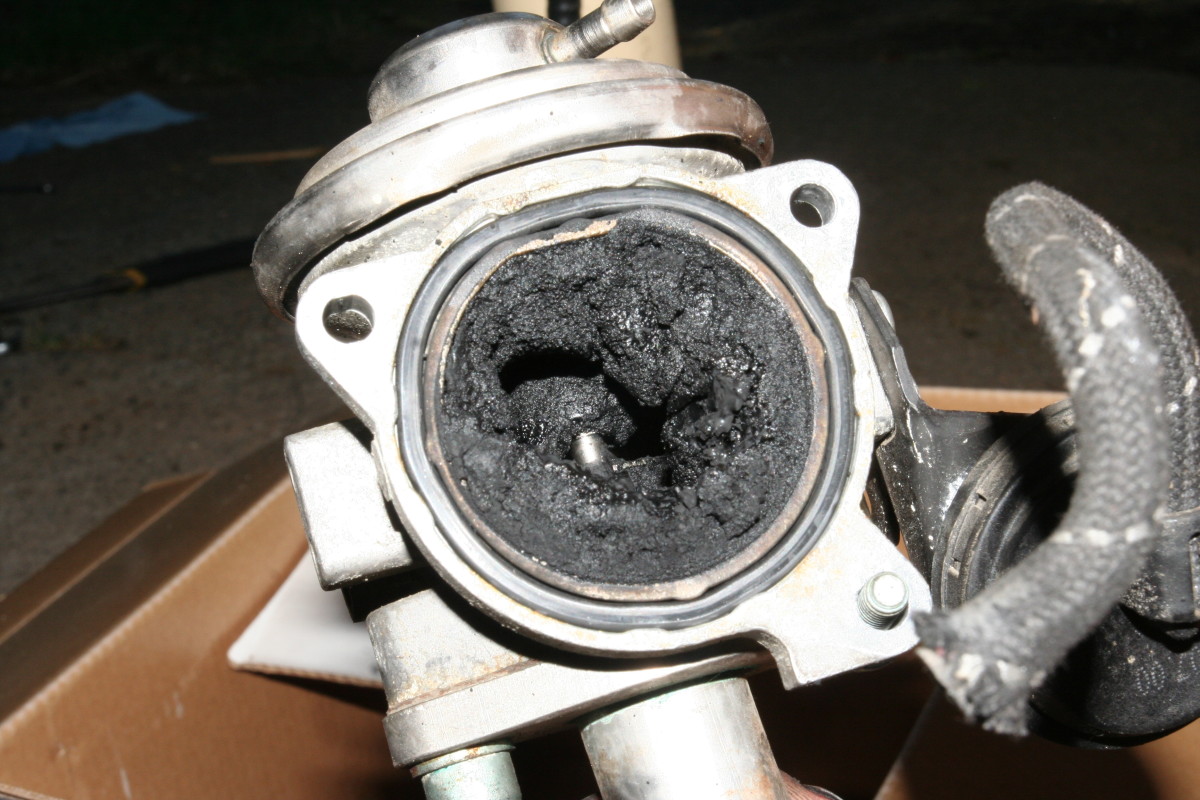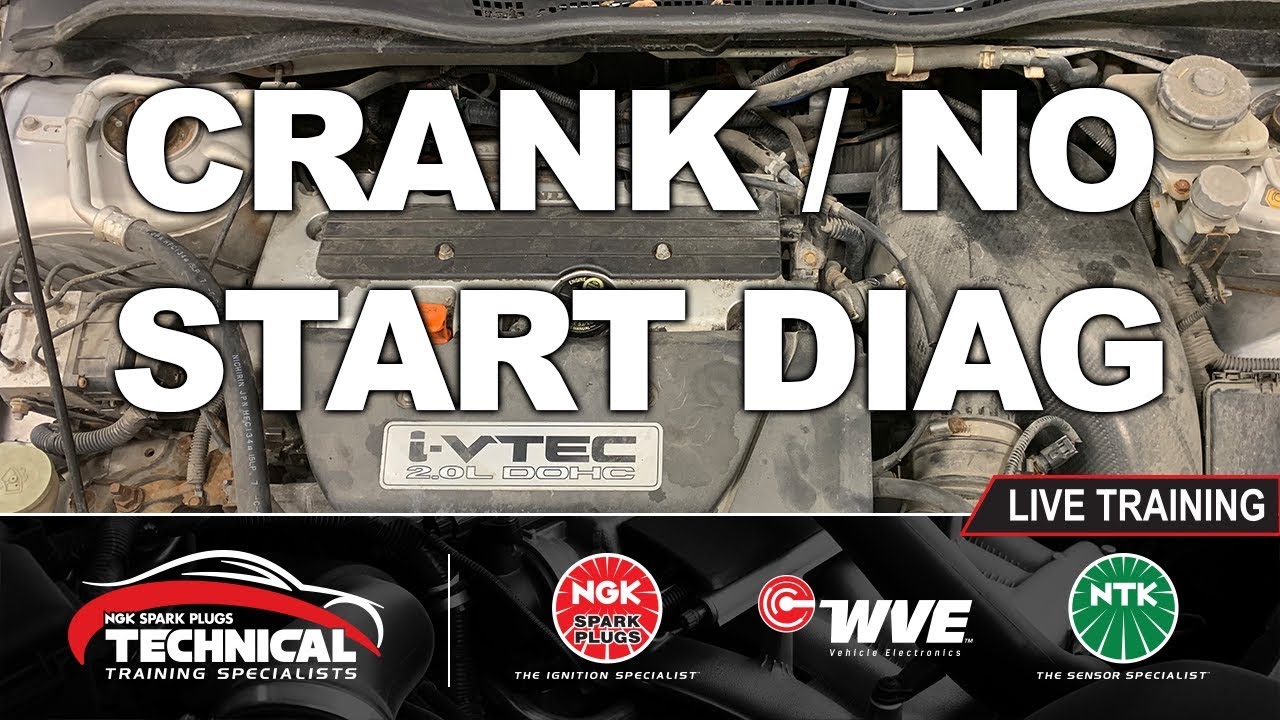A crank no start diagnosis involves troubleshooting why the engine is not starting when you turn the key. This article will provide an overview of the possible causes and steps to diagnose and fix the issue.
Whether you are a car owner or a mechanic, understanding the common reasons behind a crank no start situation can help save time and money in resolving the problem. By following the proper diagnostic steps, you can identify the root cause and take appropriate actions to get your vehicle back on the road.
We will discuss the most common causes of a crank no start condition and provide tips on how to troubleshoot and resolve each issue.

Credit: axleaddict.com
Understanding The Crank No Start Issue
Understanding the crank no start issue can be crucial when diagnosing car problems. Common symptoms include the engine cranking but failing to start. Exploring the potential causes can help identify the root of the problem. Faulty ignition systems, fuel delivery issues, and engine mechanical problems are all possible culprits.
Additionally, a malfunctioning sensor or a drained battery could also be at fault. By carefully analyzing the symptoms and understanding the underlying causes, you can effectively diagnose and address the crank no start situation. Whether it’s a simple fix or a more complex issue, identifying the problem accurately is crucial for resolving the car’s starting problem.
Remember, thorough diagnosis is key to getting your car back on the road smoothly.
Step-By-Step Crank No Start Diagnosis Process
A crank no start diagnosis involves a step-by-step process to pinpoint the issue. First, check the fuel system for any problems, such as clogged fuel filters. Next, inspect the ignition system, including the spark plugs and ignition coil, to ensure they are functioning properly.
Finally, examine the engine’s mechanical components, such as the timing belt and valves, for any signs of damage or malfunction. By carefully going through each step, you can determine the cause of the crank no start issue and take the necessary steps to fix it.
Assessing The Fuel Pump
Assessing the fuel pump is crucial when diagnosing a crank no start issue. To determine whether the fuel pump is functioning properly, it is necessary to test its pressure and functionality. A faulty fuel pump can prevent fuel from being delivered to the engine, leading to a no start condition.
By testing the pump’s pressure, you can verify if it is providing the required amount of fuel. Additionally, checking the pump’s functionality ensures that it is operating as intended. If the fuel pump is found to be faulty, it is necessary to replace it with a new one.
Taking these steps will help solve the crank no start problem and get your vehicle back on the road.
Evaluating The Fuel Filter
Evaluating the fuel filter is essential in diagnosing crank no start issues. Inspecting the filter for clogs or blockages helps determine if it is hindering proper fuel flow. By replacing a dirty or damaged fuel filter, you can ensure that fuel is reaching the engine without any obstructions.
This step is crucial, as a clogged or blocked filter can prevent the necessary fuel delivery for ignition. A thorough examination of the filter can provide valuable insights into the overall health of the fuel system and help identify any potential issues that might be causing the crank no start problem.
Regular maintenance and inspection of the fuel filter can help keep your vehicle running smoothly and avoid unexpected breakdowns.
Examining The Fuel Injector
Examining the fuel injector is crucial in diagnosing crank no start issues. By inspecting the injector, you can identify any problems that may be causing the engine to fail. Whether it’s a clogged or leaky injector, cleaning or replacing the faulty component can resolve the issue.
Make sure to check for any signs of damage or debris that could be obstructing the injector’s performance. A thorough examination will provide valuable insights into injector-related problems and pave the way for an effective solution. Keep in mind that a poorly functioning injector can have a significant impact on the overall performance of your vehicle.
Take the time to properly diagnose and address any injector issues to ensure a smooth running engine.
Inspecting The Battery And Connections
Inspect the battery’s voltage and condition to ensure it is functioning properly. Check for secure connections to prevent any loose or damaged terminals.
Testing The Ignition Coil
Verifying whether the ignition coil is functioning properly is crucial for diagnosing a crank no start issue. One way to test the ignition coil is to use a multimeter to measure its secondary resistance. If the resistance falls within the manufacturer’s specifications, it indicates that the coil is in good condition.
Another test involves checking the primary resistance of the coil. Using the multimeter, measure the resistance between the positive and negative terminals of the coil. If the resistance is within the acceptable range, the coil is likely functioning well. If the ignition coil fails these tests, it may need to be replaced.
Replacing a faulty ignition coil can often resolve the crank no start problem and get your vehicle running smoothly again.
Investigating The Spark Plugs
When diagnosing a crank no start issue, it is essential to thoroughly investigate the spark plugs. Evaluating their condition can provide valuable insights into the overall health of the ignition system. Cleaning or replacing worn-out spark plugs is a crucial step in troubleshooting the problem.
By ensuring that the spark plugs are in proper working condition, you increase the chances of a successful start. Neglecting this aspect can lead to prolonged engine cranking without ignition, wasting time and potentially causing further damage. Therefore, it is crucial to pay attention to the spark plugs and take appropriate action as needed.
Proper maintenance of the spark plugs contributes significantly to the overall performance and reliability of the engine.
Diagnosing The Starter Motor
Diagnosing a crank no start situation often leads to investigating the starter motor’s performance. Testing the starter’s functionality is crucial in determining whether it is the cause of the problem. By checking for click sounds or an audible whirring noise when turning the key, you can gauge the motor’s operation.
If the starter doesn’t engage or runs sluggishly, it may need replacement. Before replacing the starter motor, it’s essential to verify that the issue lies with the motor itself through careful examination and testing. Remember, a faulty starter motor can hinder the engine’s ability to start, but with proper diagnosis, you can identify and resolve the problem effectively.
Assessing The Engine Compression
Assessing the engine compression is crucial in diagnosing a crank no start issue. One effective method is performing a compression test. This test allows for the identification of any compression-related problems within the engine. By analyzing the compression readings, you can determine if there are issues with piston rings, valves, or cylinders.
Resolving these problems promptly is vital to getting the engine running again. Ignoring compression issues may lead to further damage and costly repairs. Therefore, it is essential to carefully assess engine compression and address any problems that arise. This will ensure optimal engine performance and prevent future crank no start issues.
Examining The Timing Belt/Chain
Inspect the timing belt/chain for signs of wear or damage, which could prevent the engine from starting. If you notice any cracks, fraying, or missing teeth on the belt/chain, it may need repairing or replacing. A faulty timing belt/chain can cause the engine to misfire or not start at all.
It is essential to regularly check the condition of the timing belt/chain as part of your vehicle maintenance routine. If you suspect a problem, it is advisable to consult a qualified mechanic for a proper diagnosis and necessary repairs. Neglecting a worn or damaged timing belt/chain can result in serious engine damage or complete engine failure.
So, make sure to inspect and address any issues promptly to keep your vehicle running smoothly.
Conclusion
Diagnosing a crank no start issue requires thorough examination and careful consideration of various factors. By following the step-by-step process outlined in this blog post, you can narrow down the potential causes and effectively troubleshoot the problem. Remember to check the battery, fuel system, ignition system, and mechanical components for any issues or malfunctions.
Additionally, paying attention to any warning signs and listening for unusual sounds can provide valuable insights into the problem. Adequate maintenance and regular servicing of your vehicle can also help prevent crank no start problems. If you are unable to identify the issue or unsure about the next steps, it’s always best to seek professional help.
Keep in mind that a proper diagnosis is crucial to ensure prompt and effective repairs, ultimately getting your vehicle back on the road safely.

